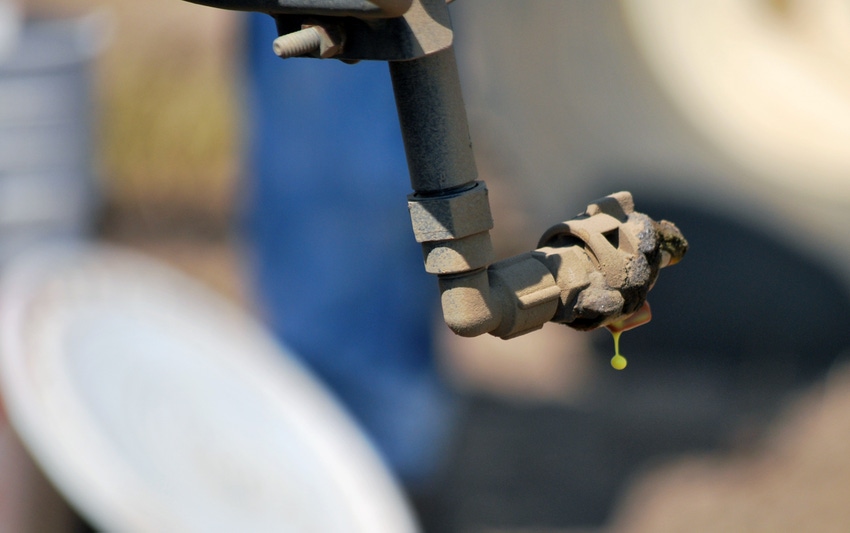
EPA’s new Agricultural Worker Protection Standard rules went into effect Jan. 2, marking major revisions to how the agency expects farmers and farmworkers to handle pesticides and recordkeeping.
The major revisions to EPA Agricultural Worker Protection rules include:
Annual mandatory training to inform farmworkers on the required protections afforded to them. Currently, training is only once every 5 years.
Expanded training includes instructions to reduce take-home exposure from pesticides on work clothing and other safety topics.
First-time ever minimum age requirement: Children under 18 are prohibited from handling pesticides.
Expanded mandatory posting of no-entry signs for the most hazardous pesticides. The signs prohibit entry into pesticide-treated fields until residues decline to a safe level.
New no-entry application-exclusion zones up to 100 feet surrounding pesticide application equipment will protect workers and others from exposure to pesticide overspray.
Requirement to provide more than one way for farmworkers and their representatives to gain access to pesticide application information and safety data sheets – centrally-posted, or by requesting records.
Mandatory record-keeping to improve states’ ability to follow up on pesticide violations and enforce compliance. Records of application-specific pesticide information, as well as farmworker training, must be kept for two years.
Anti-retaliation provisions are comparable to Department of Labor’s.
Changes in personal protective equipment will be consistent with DOL’s standards for ensuring respirators are effective, including fit test, medical evaluation and training.
Specific amounts of water to be used for routine washing, emergency eye flushing and other decontamination, including eye wash systems for handlers at pesticide mixing/loading sites.
Continue the exemption for farm owners and their immediate families with an expanded definition of immediate family.
About the Author(s)
You May Also Like






